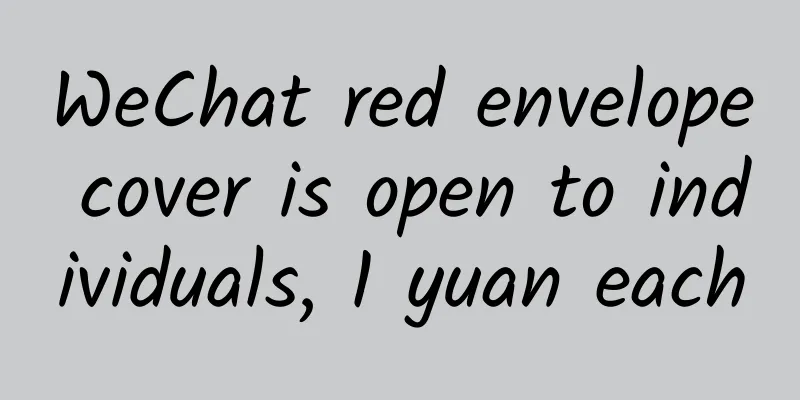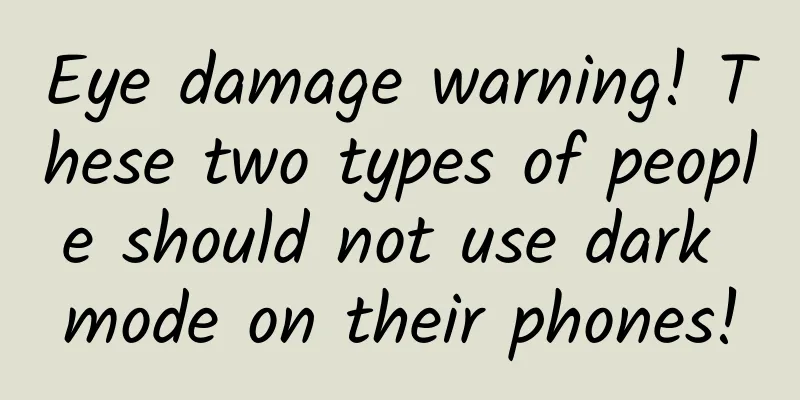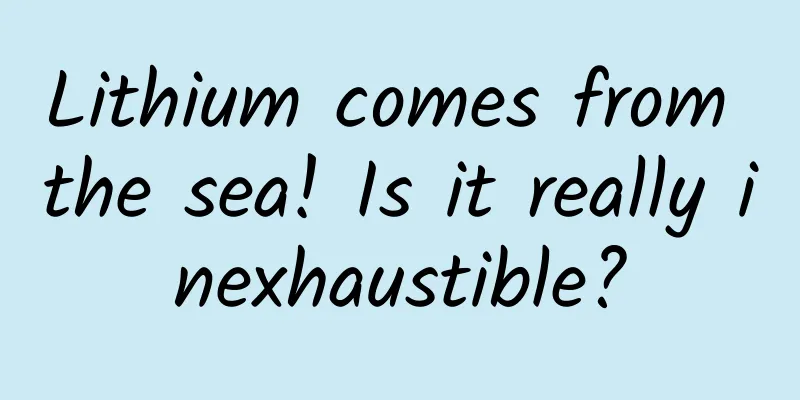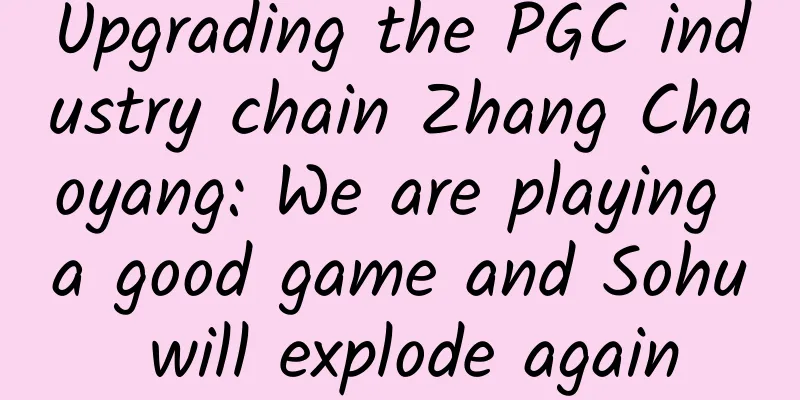Can light travel through "time cracks" and interfere with the past and future? Scientists prove it for the first time
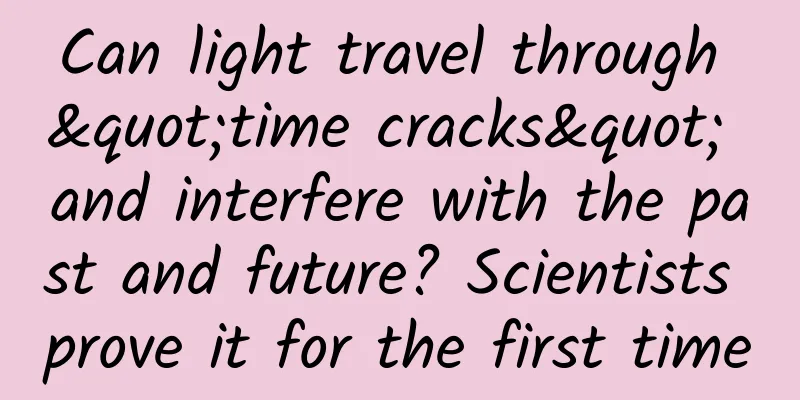
|
Science Fiction Network, April 13th. Scientists have demonstrated for the first time that they can transmit light through a "time crack" in time. The new experiment builds on a demonstration from more than 200 years ago in which light passing through two slits in a screen produced a unique diffraction pattern in space in which the peaks and troughs of the light waves added or canceled out. In the new experiment, the researchers created a similar pattern in time, essentially changing the color of ultrashort laser pulses. The discovery paves the way for the development of analog computers that process data imprinted on light beams rather than digital bits—it might even enable such computers to learn from data. It also deepens our understanding of the fundamental properties of light and its interactions with matter. In the new study, the researchers used indium tin oxide (ITO), a material found in most cell phone screens. Scientists already knew that ITO can react to light by changing from transparent to reflective, but the researchers found that it happens much faster than previously thought, in less than 10 femtoseconds. The researchers figured out why the reaction happens so quickly by carefully examining the theory of how electrons in ITO respond to incident light. The wave-like nature of light was first demonstrated by British scientist Thomas in 1801 through the classic "double-slit" experiment. When light is shone on a screen with two slits, the direction of the waves changes so that the waves emanating from one slit overlap with the waves coming in from the other slit. The peaks and troughs of these waves either add up or cancel out, forming bright and dark stripes called interference patterns. In the new study, the researchers recreated such interference patterns in time by shining a "pump" laser pulse on a screen coated with ITO. Although the ITO is initially transparent, the light from the laser changes the properties of the electrons within the material so that the ITO reflects light like a mirror. A subsequent probe laser beam hitting the ITO screen sees this temporary change in optical properties, only a few hundred femtoseconds long in time. Using a second pump laser pulse makes the material behave as if it has two slits in time, just as light passes through the double slits in space. While light changes direction and fans out when it passes through a traditional slit in space, when it passes through these dual "slits in time" its frequency changes, and frequency is inversely proportional to wavelength. The wavelength of visible light determines its color. This isn't the first time scientists have figured out how to manipulate light across time rather than space. For example, Google scientists said their quantum computer created a time crystal, a new phase of matter that changes periodically over time, rather than atoms being arranged in a periodic pattern in space. Researchers hope to exploit these phenomena to create metamaterials, or structures that alter the path of light in specific and often complex ways. |
>>: These three stone carvings were discovered, which are very rare →
Recommend
How to build a SEM account for the education and training industry?
Online promotion in the education industry has al...
Microsoft foldable keyboard experience Bluetooth connection ultra-thin portable
As a software manufacturer, although Microsoft ha...
When a "stink bomb" weighing dozens of tons appears on the beach...
Have you heard of whale fall? When a whale dies, ...
Changhong leads the intelligent transformation of the air-conditioning industry from the perspective of Feizhu theory
Lei Jun, the founder of Xiaomi, once said a famou...
Zhao Xiaoming's Basics: New Psychoanalysis - 100 Core Concepts Audio Course Baidu Cloud Download
Zhao Xiaoming's Basics: New Psychoanalysis - ...
6 Keyword Bidding Rules, Will You Still Worry About Lack of Traffic After Learning Them?
To put it simply, bidding means spending money to...
If Russia withdraws from the group, how will the International Space Station fly?
This year is a great year for China's manned ...
Five major mobile application development trends, is your app going astray?
Developers cannot ignore mobile app development i...
Aiti Tribe Stories (3): Self-taught in IT industry
[51CTO.com original article] The corporate projec...
Are “pure cotton” clothes absolutely natural? Will chemical fiber clothes cause discomfort to the body?
When consumers choose clothing and textiles, mate...
NIO delivered 2,528 vehicles in November, more than half of the Q3 quarter, of which 2,067 were ES6
Recently, NIO announced that it delivered a total...
How to write the beginning of a hit copy? Share 5 tips!
The human brain is like a machine. When the tempe...
Practical! Keep this guide to avoid scams during the May Day holiday
Have you ever encountered the traps of holiday tr...
The Antarctic snow suddenly turned red, and strange "blood snow" appeared. What happened?
In mystery novels, there is a classic "Snows...
Chengdu University of Traditional Chinese Medicine: Research finds that acupuncture is promising for treating chronic urticaria
A recent study of more than 300 patients with chr...



